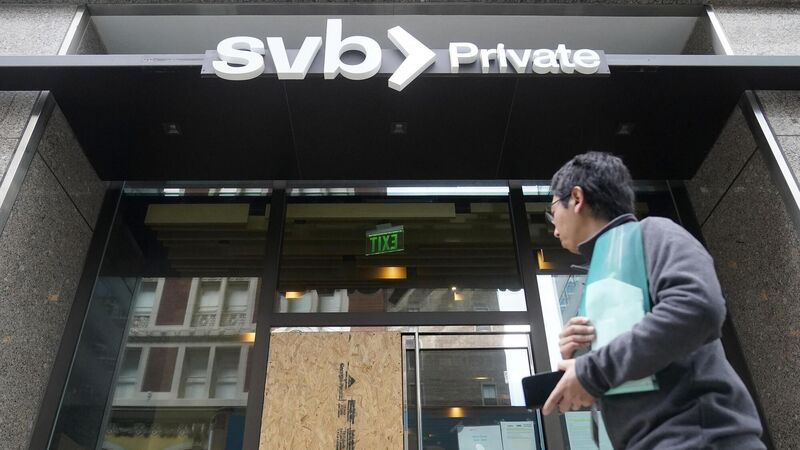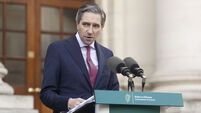Investors bet on US Fed easing rates

Following last month’s banking crisis, sparked by the collapse of Silicon Valley Bank, investors have become more convinced the Federal Reserve will cut rates in the second half of the year to ward off an economic downturn. Picture: Jeff Chiu/AP
Following last month’s banking crisis, investors have become more convinced the US Federal Reserve will cut rates in the second half of the year to ward off an economic downturn.
Such bets have pushed bond yields lower, supporting the giant tech and growth stocks that hold sway over broad equity indexes. The S&P 500 has gained 6.9% so far in 2023.
But the central bank’s more restrictive rate outlook sees borrowing costs remaining around current levels through 2023.
That view could gain support if next week’s inflation reading shows a strong rise in consumer prices, even after aggressive Fed rate hikes over the past year.
“If [the CPI] comes in hot, investors will start to price interest rates closer to where the Fed is and likely pressure asset prices,” said US Bank Wealth Management national investment strategist Tom Hainlin.
The firm is recommending clients slightly underweight equities, expecting interest rate hikes to hit consumer spending and corporate profits.
US employment data for March, released on Friday, showed signs of persistent labour market tightness that could prompt the Fed to hike rates again next month.
Recession worries are mounting, with investors betting the tumult in the banking system sparked by the March collapse of Silicon Valley Bank will tighten credit conditions and hurt growth.
In the bond market, the Fed’s preferred recession indicator plunged to fresh lows in the past week, bolstering the case for those who believe the central bank will soon need to cut rates. The measure compares the current implied forward rate on US Treasury bills 18 months from now with the current yield on a three-month Treasury bill.
Pricing in futures markets shows investors betting that central bank easing later this year will drop the Fed funds rate from 4.75% to 5%, currently to around 4.3% by year-end. Yet projections from Fed policymakers show that most expect no rate cuts until 2024.
"Financial markets and the Federal Reserve are reading from two different playbooks," said strategists at LPL Research said in a note earlier this week.
Bets on a more dovish Fed have boosted tech and growth stocks, whose future profits are discounted less when interest rates fall.











